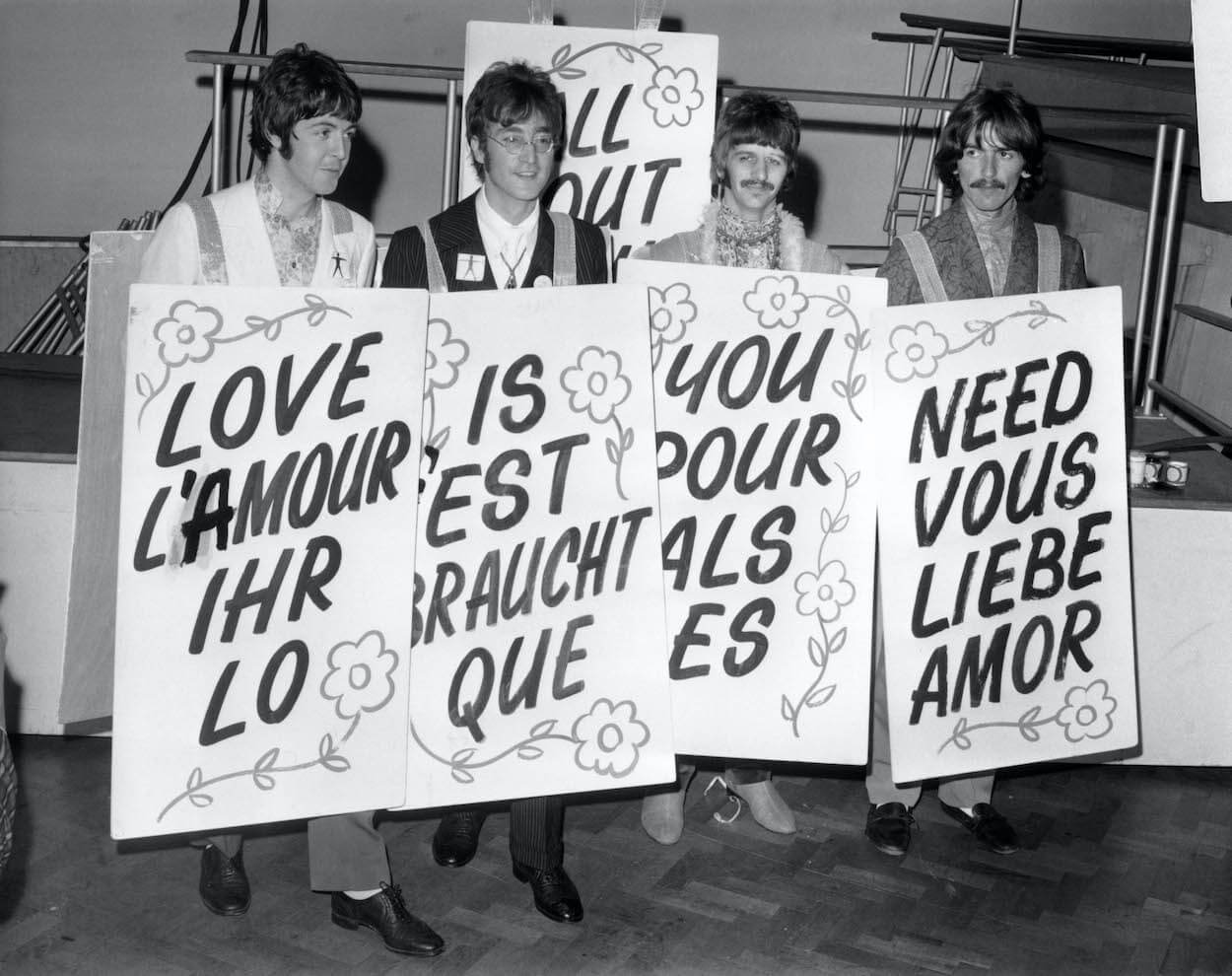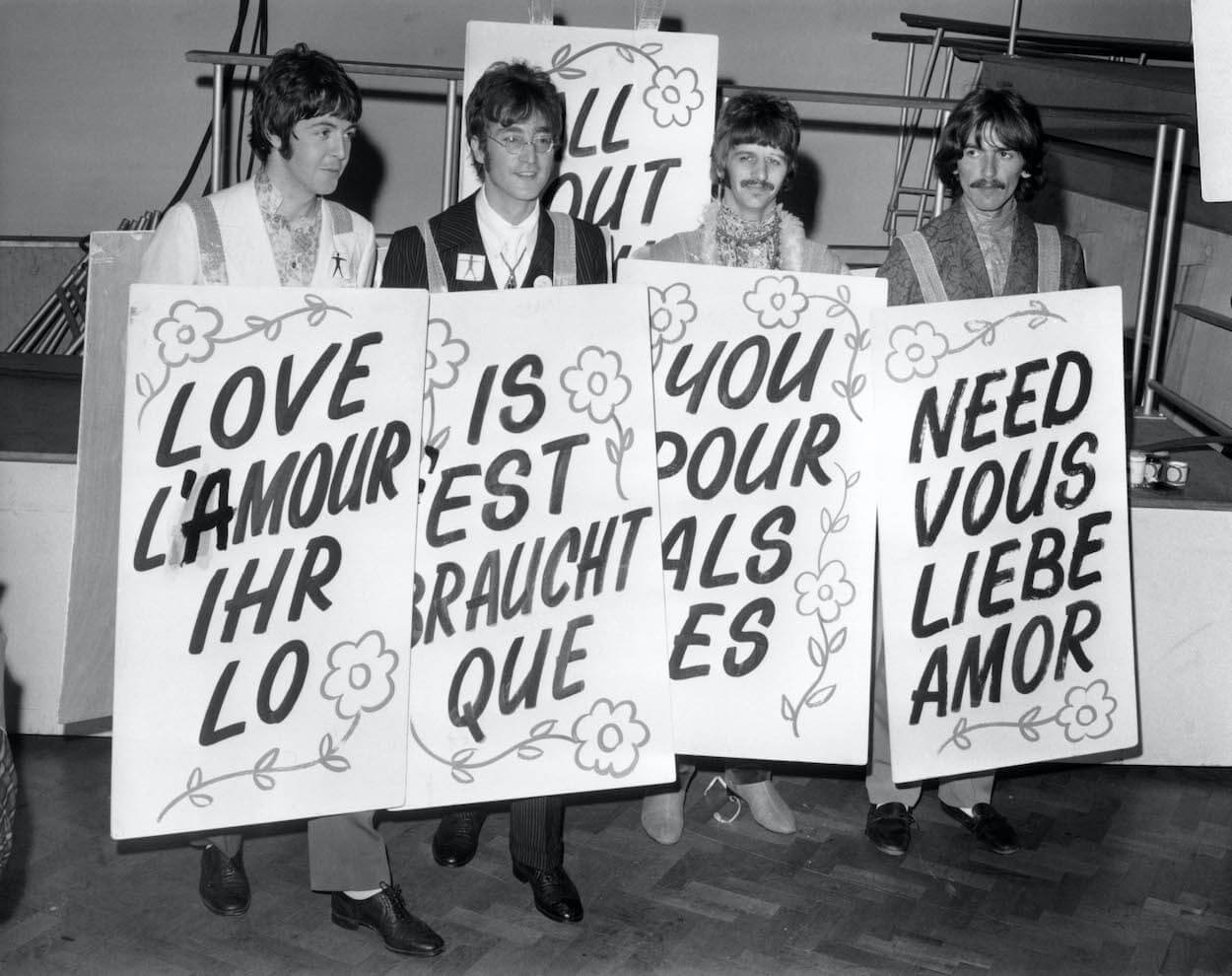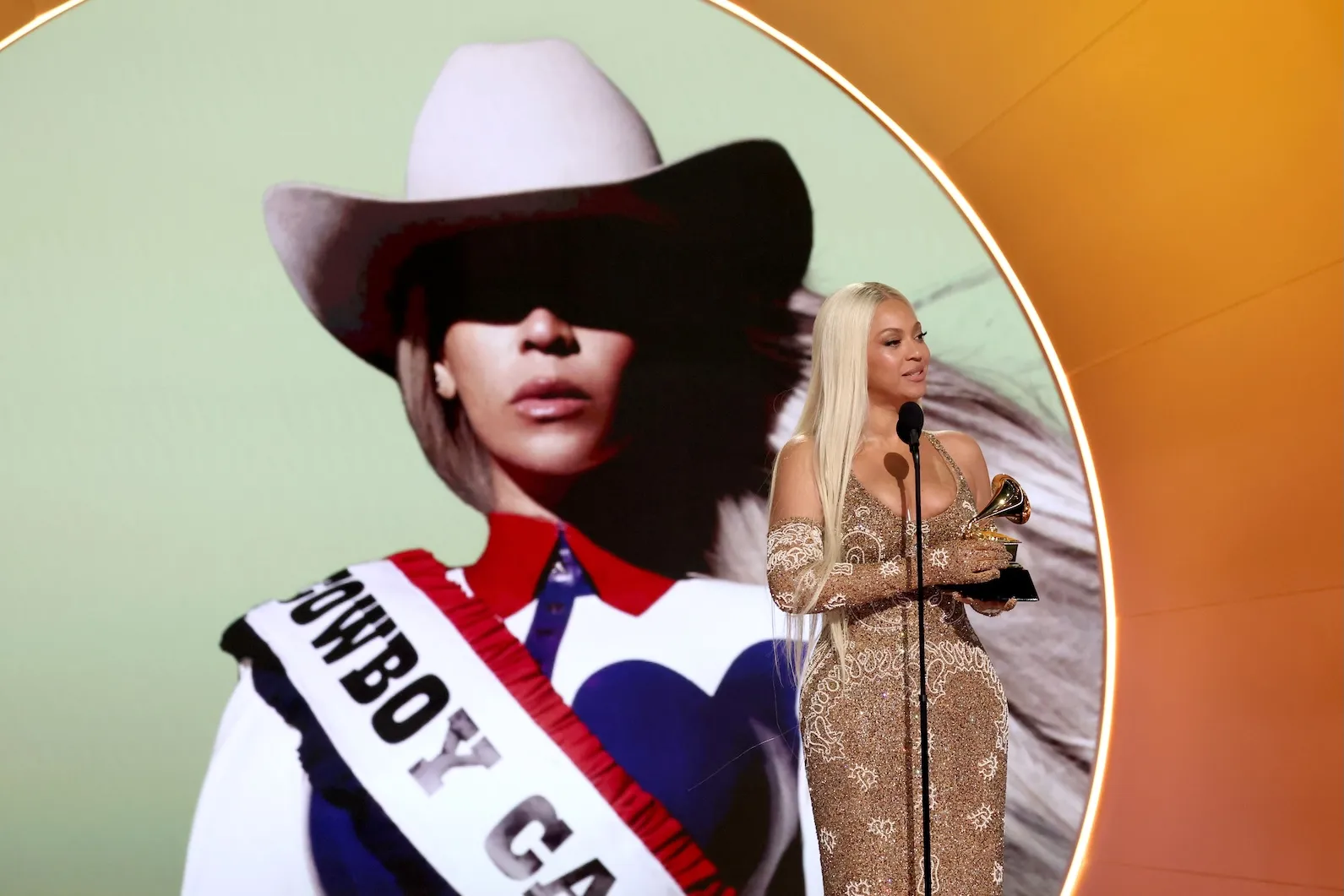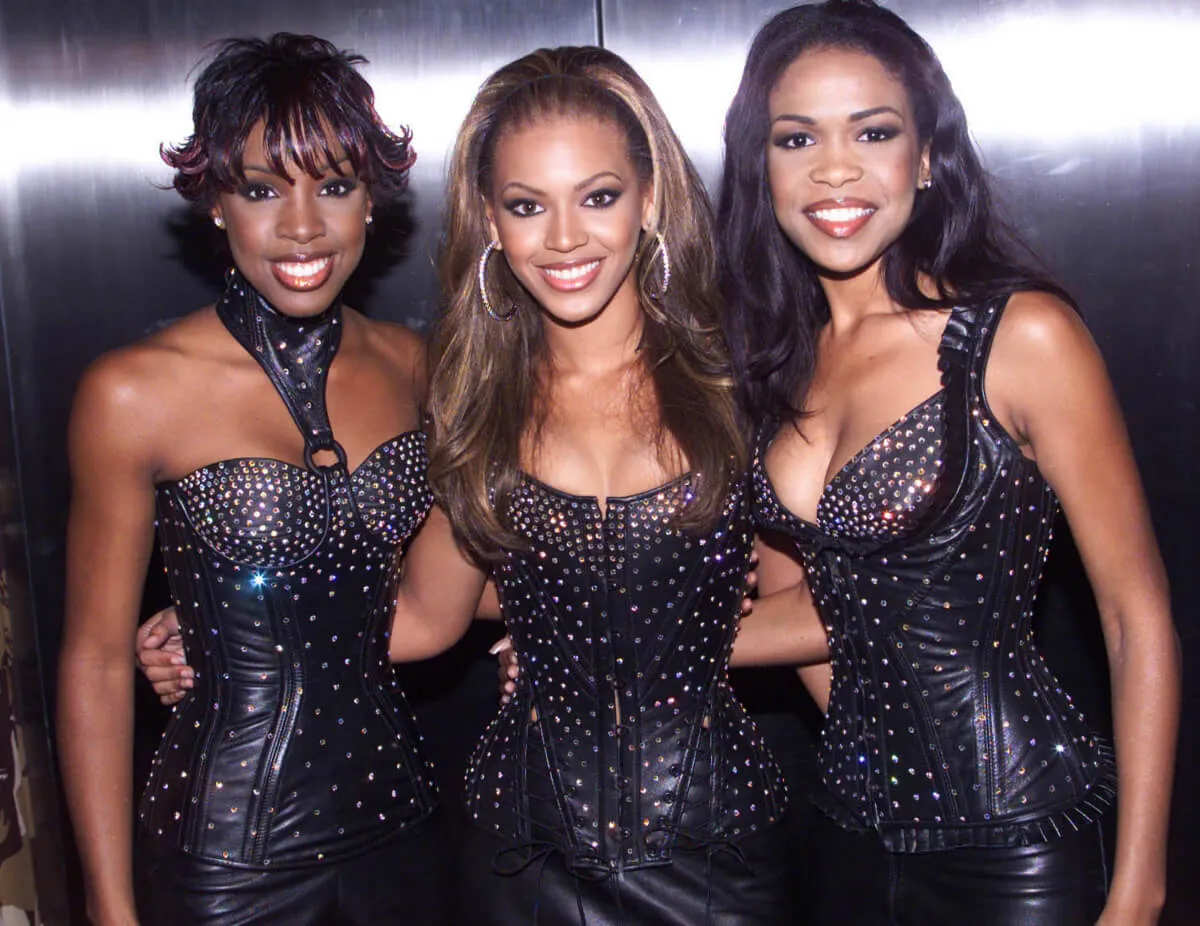
5 of the Most Experimental Beatles Songs
The Beatles started life as a glorified coves band, albeit a solid one. Their debut album, Please Please Me, contained precious few originals, but that method didn’t last long. Once the Fab Four began writing their own material, they changed their sound and the pop music landscape along with it. Some of the Beatles’ experimental songs retained their pop sensibilities while displaying how creative a short tune could be.

1. ‘Rain’
What seemed like a straightforward three-minute pop song B-side was really one of the most experimental Beatles songs.
First, you had Ringo Starr’s drumming. It hardly settled into a groove at any point in the song; his playing was closer to being one long fill. Ringo said ‘Rain’ is a weird track because he never played drums like that before or after.
Also, John Lennon backmasked his vocals toward the end of the song. It’s unmistakably his voice, but the words come out backward. John bragged about The Beatles using backmasking before anyone else. The singer said he discovered the technique after threading a tape incorrectly on his home machine, and he brought it to the song.
And let’s not forget that The Beatles actually recorded the song at a much higher tempo. They slowed down the playback while committing to the master reel to achieve the languid effect.
2. ‘Tomorrow Never Knows’
Ringo laid down another memorable drum beat, but the thumping bass line, background drone, and liberal use of tape loops made the Revolver album closer one of the most out-there Beatles songs.
The lyrics made “Tomorrow Never Knows” another radical Beatles piece. For a band that typically employed straightforward lyrics (even when exploring deeper themes), John’s seemed to emanate from the third eye. Lines like “That you may see / The meaning from within / It is being / It is being,” and, “But listen to / The color of your dream / It is not living / It is not living,” help made the song one of The Beatles’ most psychedelic songs while the music and recording methods made it one of their most experimental tunes.
3. ‘All You Need Is Love’
OK, so the song “All You Need Is Love” was closer to the more straightforward music The Beatles made in their early days. But we’re including it here because of the reason the Fab Four made it in the first place.
John and Paul McCartney wrote the song specifically for the first-ever live international satellite broadcast in 1967. The Beatles represented England in the global event linking 26 countries (per The Beatles Lyrics editor Hunter Davies), and they needed a song that could transcend borders. Hence, the relatively simplistic “All You Need Is Love.” The Fab Four performed it live on June 25, 1967 — it went off without a hitch — and later included it on the Magical Mystery Tour album.
The music wasn’t experimental, but the way The Beatles delivered “All You Need Is Love” to the world makes it worthy of inclusion here.
4. ‘Revolution 9’
The Beatles built their reputation with their catchy songs. Even when they began branching out, they kept their sound rooted in traditional western standards. The White Album’s “Revolution 9” might be the most experimental Beatles song because it stood in stark contrast to everything that came before.
Yoko Ono criticized John for his amateurish efforts on their Two Virgins album. His contributions to their sound collage weren’t up to her standards. Was “Revolution 9” a response? Who knows? What is certain is that the eight-minute-plus collection of tape loops, sound effects, song snippets, spoken word passages, and white noise was a distant outlier among Beatles’ songs.
5. ‘I Want You (She’s So Heavy)’
Was it an early heavy metal song? Psychedelic jazz minus the horns? Does it matter? The Abbey Road standout was undoubtedly one of the most experimental songs in The Beatles’ catalog.
“I Want You (She’s So Heavy)” features loud-quiet dynamics, Billy Preston’s soulful Hammond organ lines, swirls of noise at the end, simplistic lyrics (John needed only 15 words), and repetitive music played in different time signatures in its nearly eight-minute run time. It seems only fitting that one of the last songs The Beatles worked on was also one of their most experimental songs.
Since The Fab Four broke so much new ground during their career together, you could make a case that nearly every song they recorded was experimental. George Harrison wrote his share of experimental Beatles songs — the sitar-based “Love You To” and “Within You Without You;” the dripping psychedelia of “Blue Jay Way” and “It’s All Too Much” — so these five tunes are just a jumping off point when looking at the Fab Four’s excellent and deep catalog.
For more on the entertainment world and exclusive interviews, subscribe to Showbiz Cheat Sheet’s YouTube channel.


